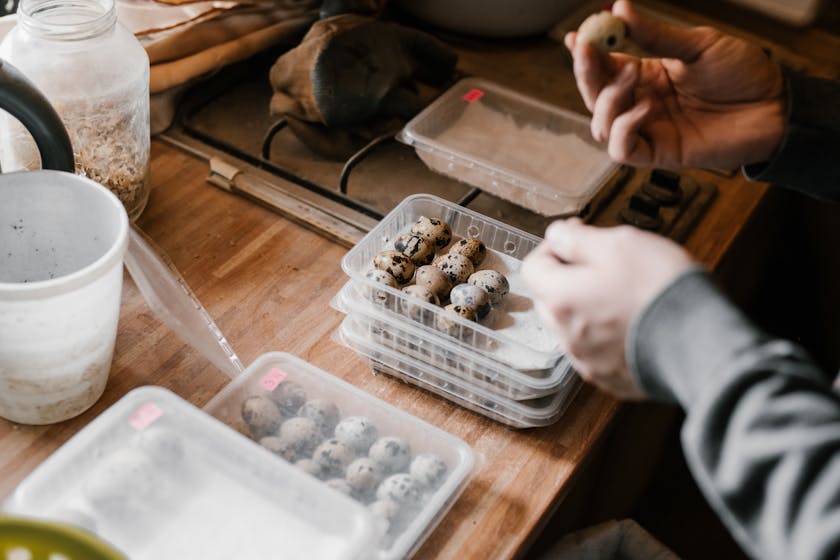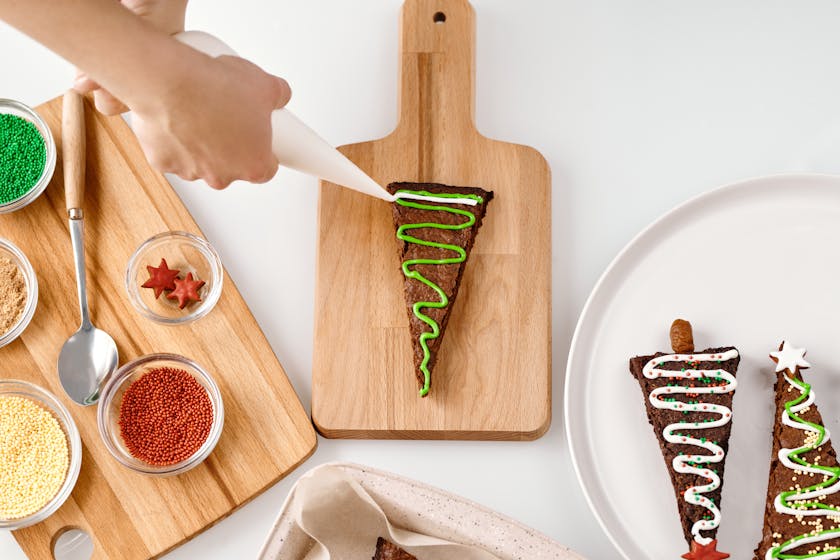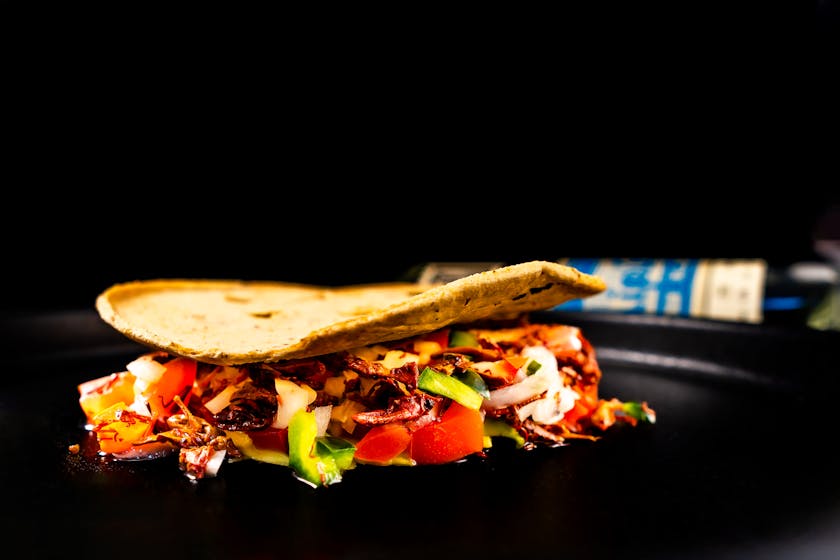If you’re exploring bulk meal storage for emergency preparedness, you’re taking a pivotal step in ensuring the safety and well-being of your family in uncertain times. Once-a-month cooking, also known as freezer cooking, is a strategy that can be adapted for long-term food storage, offering both convenience and peace of mind.
The Basics of Bulk Meal Storage
Understanding Your Needs
Before you start cooking in bulk, assess your family’s nutritional requirements and preferences. Calculate the amount of food you’ll need based on the number of people and the duration you’re planning for. This will guide your meal planning and shopping process.
Choosing the Right Recipes
Select recipes that freeze well and offer nutritional balance. Consider a mix of proteins, carbohydrates, and vegetables. Stews, casseroles, and baked pasta dishes are excellent for freezing and reheating.
Stocking Up on Supplies
Purchase quality freezer bags, containers, and labels. Freezer bags save space, while rigid containers protect food from being squashed. Always label each container with the date and contents.
Preparing Ingredients
Wash, chop, and pre-cook ingredients as necessary. Blanching vegetables before freezing can help preserve texture and nutrients.
Cooking and Freezing Your Meals
Once your ingredients are ready, cook your meals as you would normally, but remember not to overcook dishes as they will cook further when reheated. Allow food to cool completely before transferring it to containers to prevent ice crystals from forming.
Freezing Techniques
Freeze meals flat to save space and allow for quicker thawing. Ensure your freezer is set to 0°F or lower to maintain the quality of the food.
Organizing Your Freezer
Organize meals in your freezer by type and use-by date to ensure proper rotation. Keep an inventory list to track what you have stored.
Thawing and Reheating
Plan ahead for thawing by moving your meal from the freezer to the refrigerator 24 hours before you intend to eat it. Reheat food to an internal temperature of 165°F to ensure safety.
Emergency Cooking Methods
In case of a power outage, have alternative cooking methods available such as a gas stove, barbecue, or solar oven.
Maintaining Food Safety
Regularly check your freezer’s temperature and inspect your stored meals for signs of freezer burn or spoilage. Rotate your meals, using the oldest ones first, to maintain freshness.
Final Tips for Bulk Meal Storage Success
Invest in a vacuum sealer for extended storage, keep a detailed meal plan, and practice once-a-month cooking to become proficient. Remember, preparedness is not just about having resources; it’s about being able to sustain your lifestyle during emergencies.
Note: Always consult resources like the FDA for the latest guidelines on food safety and storage.



